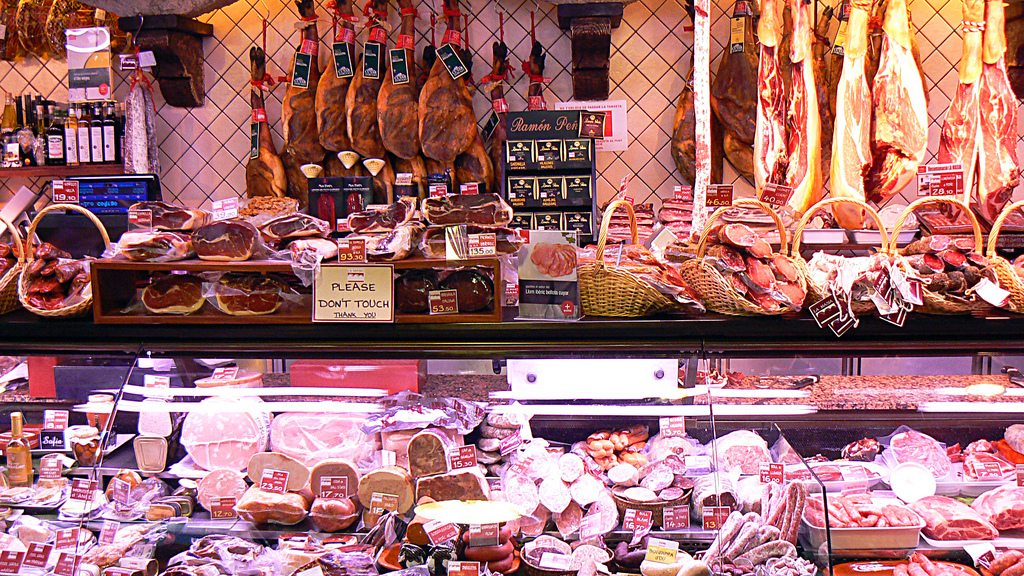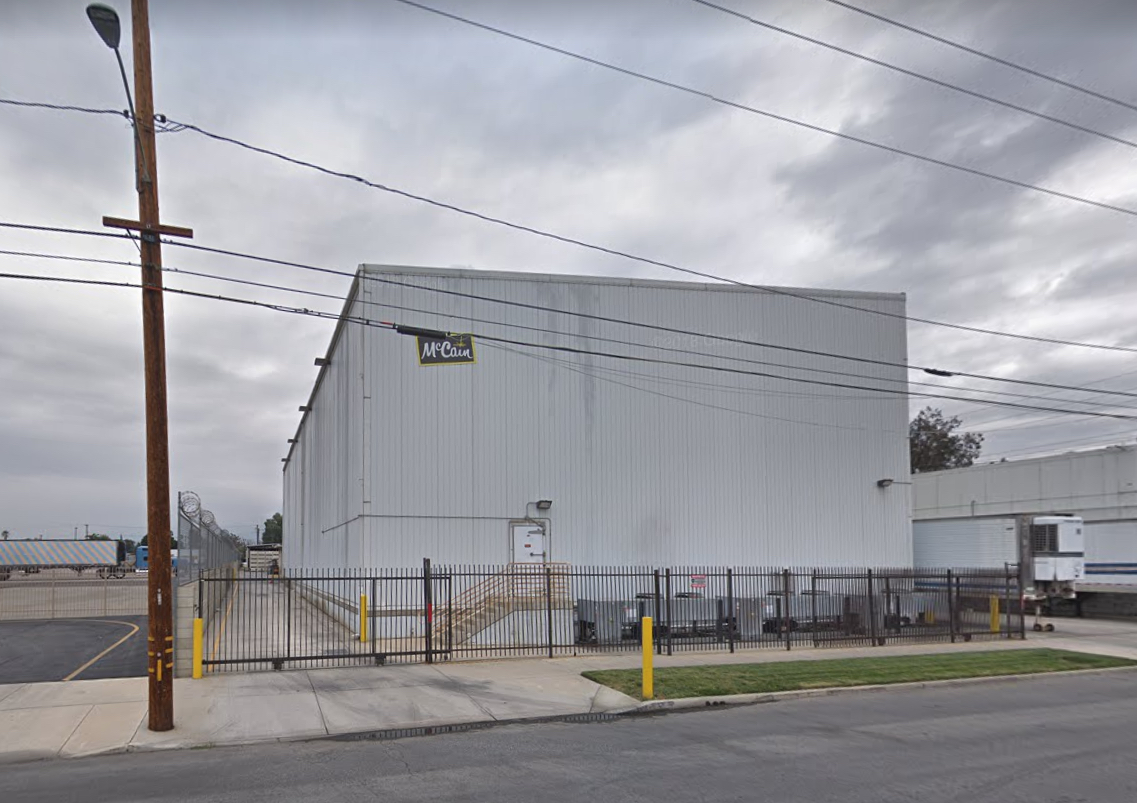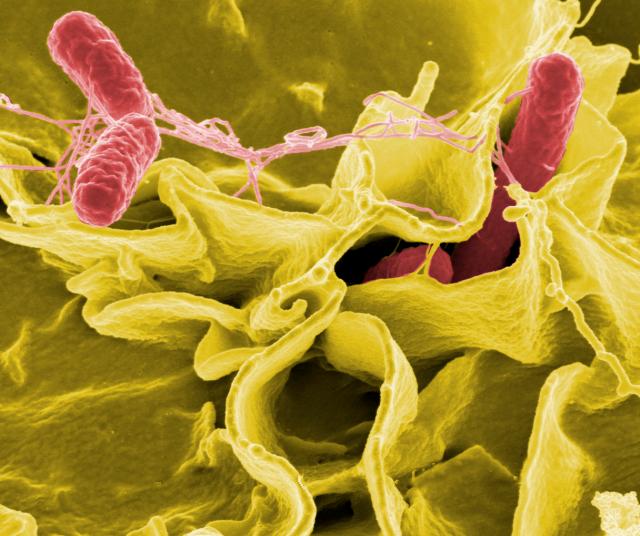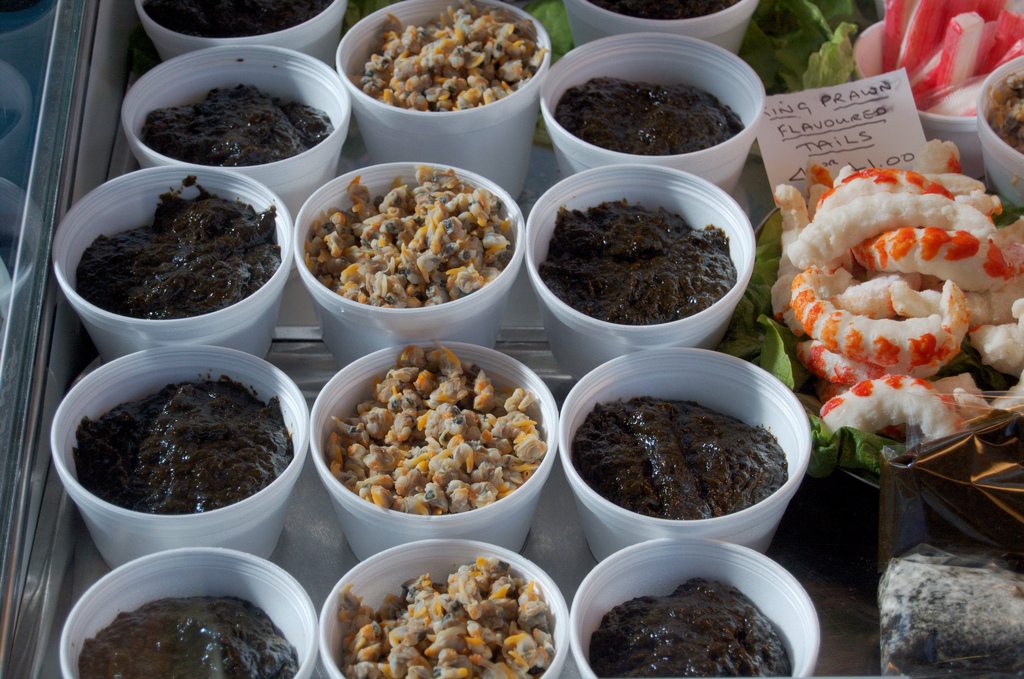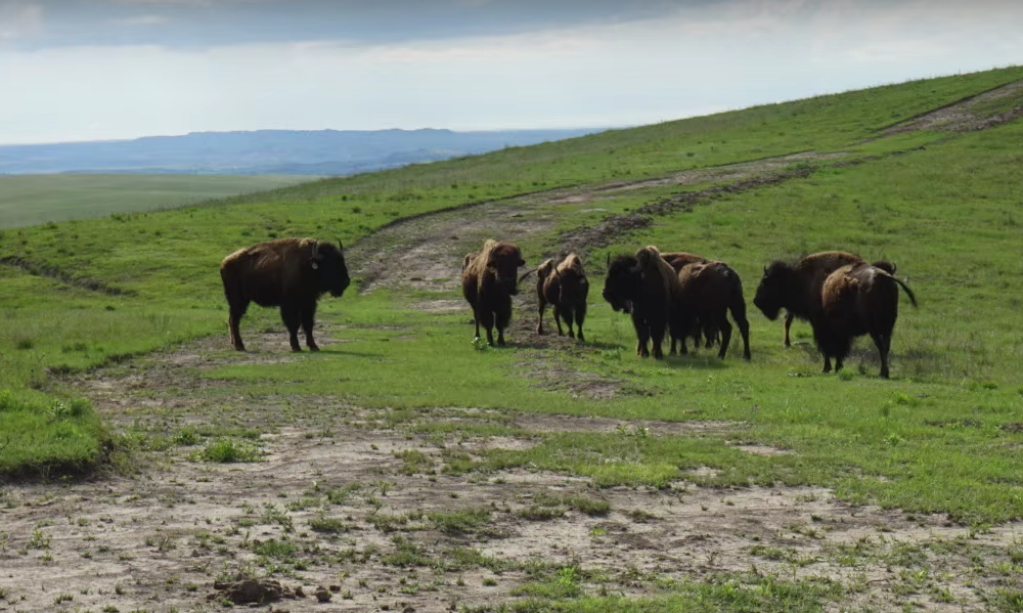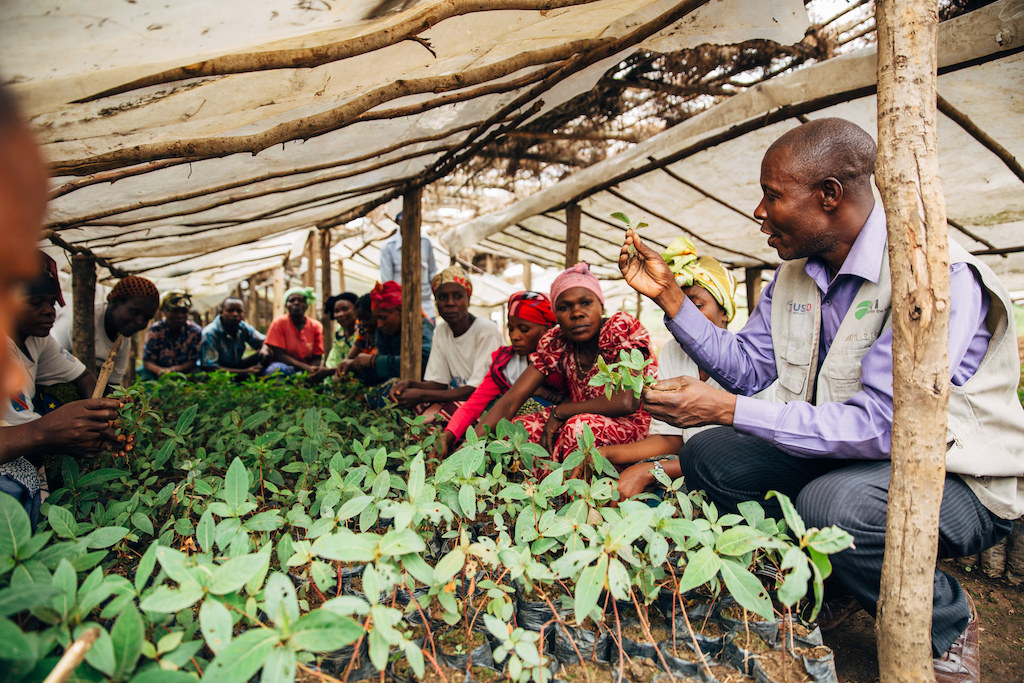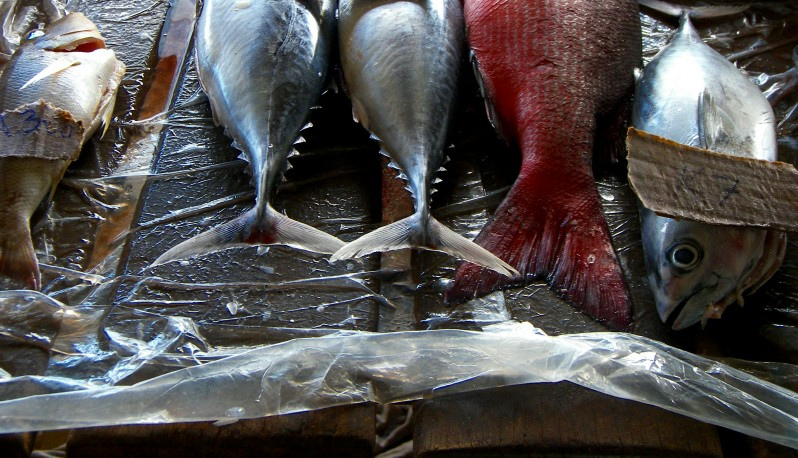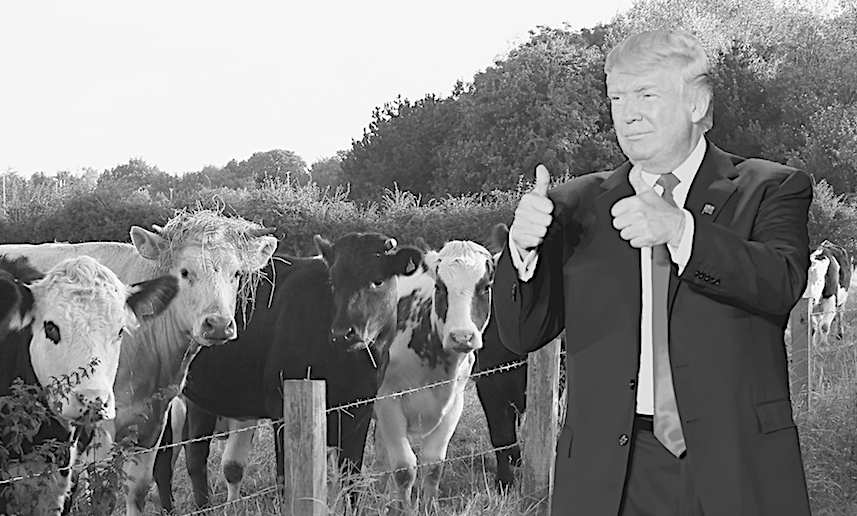In 2013, Chef Jonny Hunter and his Wisconsin-based Underground Food Collective launched a Kickstarter campaign to fund an open-source Hazard Analysis of Critical Control Points (HACCP) plan for cured meats and salami. They raised $49,000 and released the plan to the public under a Creative Commons license so that other small producers could have free access to processes and procedures for producing dry-cured meats.
Here are two things about HACCPs: First, every food producer is required to have one. Second, they’re wildly expensive to create, and (probably as a result) they’re proprietary and copyright protected. But we’re not talking nuclear codes here. HACCPs are essentially just procedural documents that explain a producer’s food safety and sanitary plans. They contain detailed information about processes but they’re typically no more complicated than a basic Excel spreadsheet. And they’re often the domain of high-priced food safety consultants, whom food businesses have to hire to develop, validate, and implement them. There’s no universal HACCP plan and no universal price tag for the creation of one, though food safety consultants can charge as much as $1,000 an hour to do the work.
Hunter found this requirement not only burdensome but irksome. After all, food safety is in everyone’s best interest (rather than some closely guarded competitive advantage), and he thought access to information about it should be freely available and easy to understand. So, after having financed and released the Underground HACCP plan—which 20 or more small producers across the country used to meet the compliance requirements of their own plants—Hunter saw an opportunity to expand the project beyond the scope of niche meat production.
Last week Underground launched a new initiative and website, Open Source Food Safety (opensourcefoodsafety.org), in collaboration with the University of Wisconsin-Madison (UWM), Sarapis Foundation, and open-source software developers. The site hosts multiple Creative Commons-licensed HACCP plans that users can comment on and adapt for their own businesses. And fellow producers are invited to submit HACCPs for processes not yet featured on the site. It’s a means to two ends: reduce the cost of starting food businesses and strengthen the safety of our food system as a whole.
 Open Source Food Safety
Open Source Food Safety “It’s going to take time to build traction as far as getting usage of the site, but our next step is really to build content,” Hunter says. And for that he has the help of Rachel Boothby, a PhD candidate in the Geography department at UWM, whose work on the Open Source Food Safety initiative is the main project of her 2016-17 Public Humanities fellowship; Madison-based video artist and designer Emily Julka; Creative Commons’ public policy manager (and co-founder of Underground Food Collective) Timothy Vollmer; and Devin Balkind, director of Sarapis Foundation, where he develops various open source solutions for the food system.
But no open-source solution solves anything over time without an ongoing community of collaborators. So Hunter is reaching out to his network. “We’re able to email all our Kickstarter supporters and say, ‘Not only did you help us fund the first round of it, but now we have this second round…,’” he says. “That makes me really happy because we were able to be successful beyond just the initial “ask” in a project that can be more useful to lots of people.”
In addition to HACCP plans for cured meats, there are currently plans for sous vide and vacuum sealing on the site, all of which were prepared in Google Docs which makes them available to modify collaboratively. “The Google doc makes it easier than some kind of proprietary software that spits out a PDF that has seven different copyrights on it for the software,” Hunter says.
The hope is to create additional content beyond just the HACCP plans. With Boothby’s help, he says, “We’ll be able to create some videos on how to use HACCP. We want to have some webinars. We want to do some web chats. Hopefully by having more content up there, we can build more users who can find that our site will be useful for their businesses.”
Beyond the Open Source Food Safety Initiative, Hunter sees the possibility for a broader open- source food movement that could boost the small-scale economy. And he sees academic institutions playing a key role. “If you think about where a lot of food science departments in the US focus, it’s really large industrial-scale processes and they have full researchers that are doing this stuff to help industries,” he says. “What if academic institutions could help small producers too? I guess some of my hope would be to potentially work with universities that have large ag departments to start focusing on smaller production.” University of Wisconsin, for example, just started a fermentation department. “I want to be working with them on giving small scale fermentation information that is useful for restaurants and small producers.”
 Open Source Food Safety
Open Source Food Safety The open-source HACCP plans are formatted as simple Excel spreadsheets
For now, the team will concentrate on adding HACCP plans that have come in from folks in other cities, which may make life easier for producers whose local regulatory authorities require similar food safety processes.
Success, says Hunter, will ultimately be measured in momentum–and perhaps less anxiety. “People have been complaining about HACCP plans and food safety plans for a while now. Instead of complaining about it we’re just like, ‘Okay, let’s own this process instead of being afraid of it.’ Because it isn’t that complicated.”
